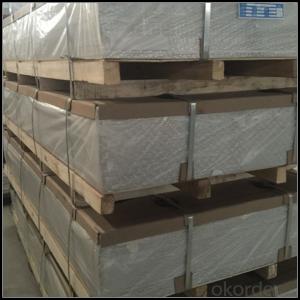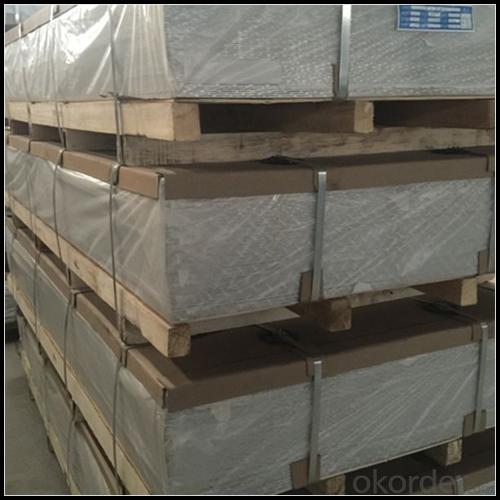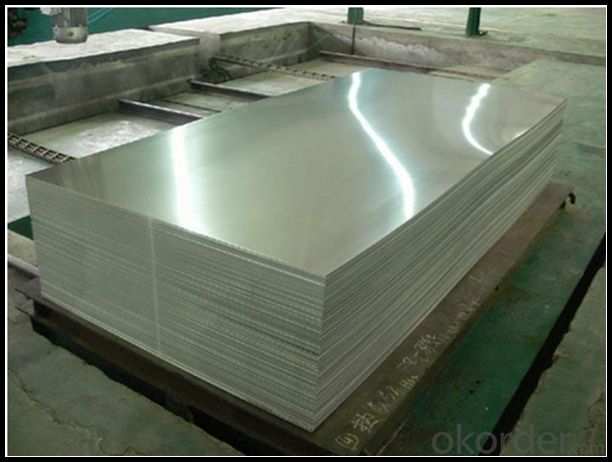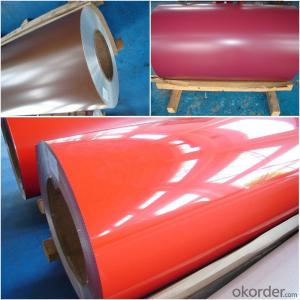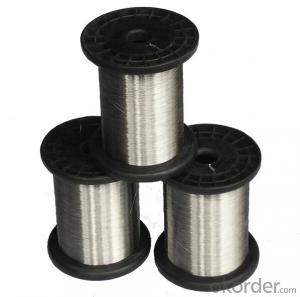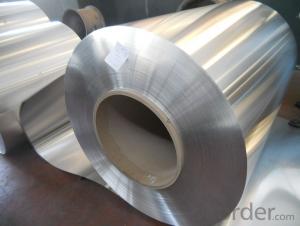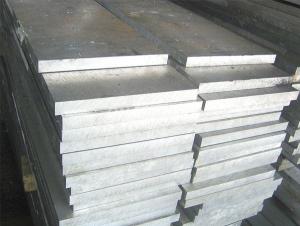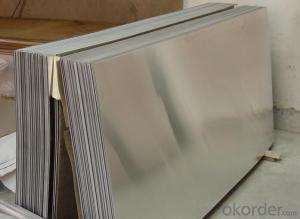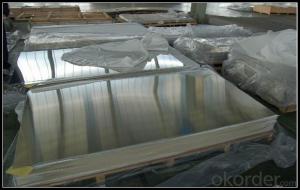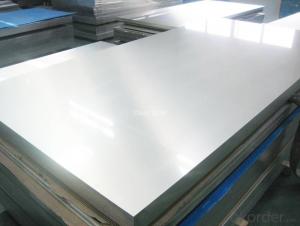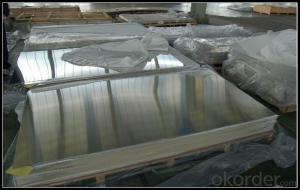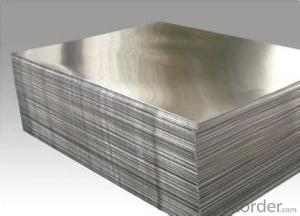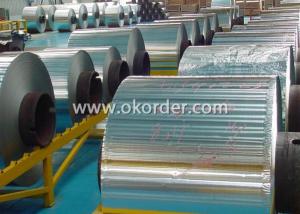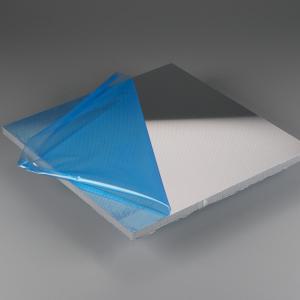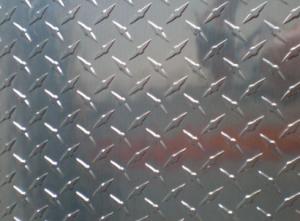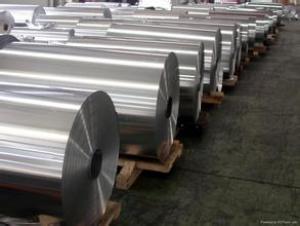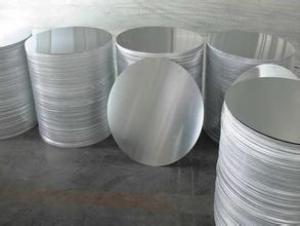Aluminum Sheets in Kentucky - Aluminium Panel Mill Finished AA1100 for ACP Back Sheets
- Loading Port:
- Shanghai
- Payment Terms:
- TT OR LC
- Min Order Qty:
- 5 m.t.
- Supply Capability:
- 10000 m.t./month
OKorder Service Pledge
OKorder Financial Service
You Might Also Like
Specification
1. Specification of Aluminium Panel Mill Finished AA1100 for ACP Back Sheets
ALLOY | AA1050 AA1060 AA1070 AA1100 ETC AA3003 AA3004 AA3005 AA3104 AA3105 ETC AA5005 AA5052 AA5083 AA5754 ETC AA8011 AA8006 AA8079 ETC |
TEMPER | H14,H16,H18,H22,H24,H26,H32,O/F |
THICKNESS | ≥0.2MM |
WIDTH | 30mm-2100mm |
COIL WGT | 2Mt - 3Mt |
COIL ID | φ508mm,φ610mm |
SURFACE | PE Protecting film |
STANDARD | GB/T 3880-2006 |
2. Application of Aluminium Panel Mill Finished AA1100 for ACP Back Sheets
(1).Interior: wall cladding, ceilings, bathrooms, kitchens and balconies, shutters, doors...
(2).Exterior: wall cladding, facades, roofing, canopies, tunnels,column covers , renovations...
(3).Advertisement: display platforms, signboards, fascia, shop fronts...
3. Feature of Aluminium Panel Mill Finished AA1100 for ACP Back Sheets
Surfact Quality :
Be free from Oil Stain, Dent, Inclusion, Scratches, Stain, Oxide Dicoloration, Breaks, Corrosion, Roll Marks, Dirt Streaks and other defect which will interfere with use,
Mechenical Property:
Chemical Composite and Mechanical Property
4. Certificate:
SGS and ROHS(if client request, paid by client), MTC(plant provided), Certificate of Origin(FORM A, FORM E, CO), Bureau Veritas and SGS (if client request, paid by client), CIQS certificate
5. Image of Aluminium Panel Mill Finished AA1100 for ACP Back Sheets
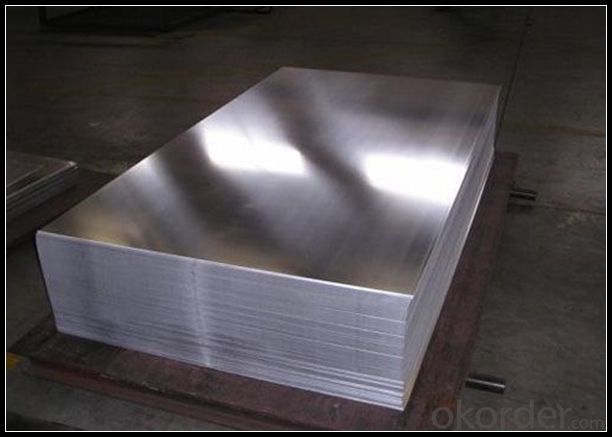
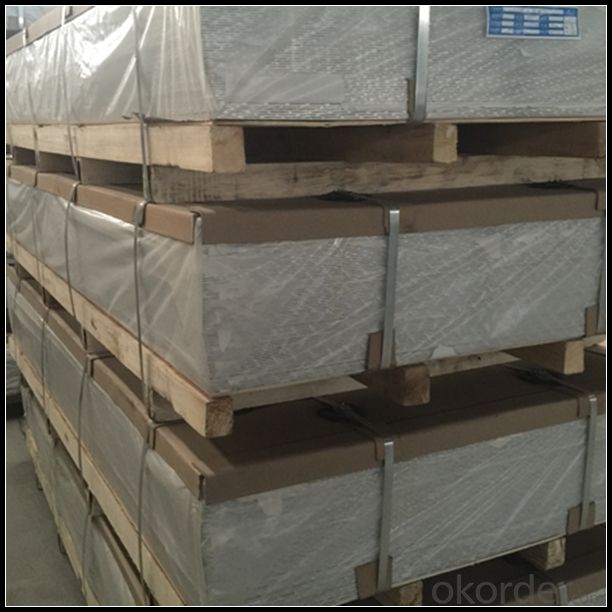

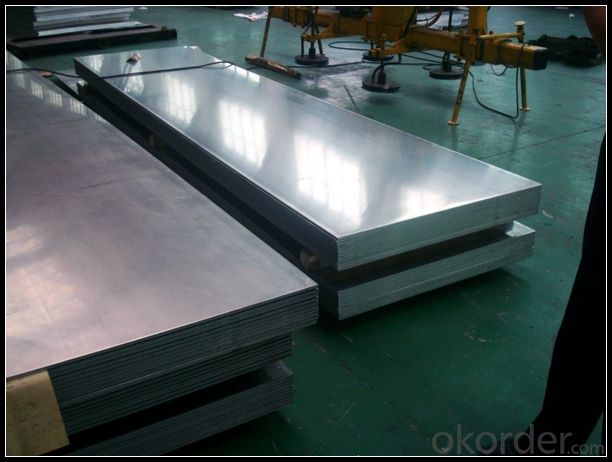
6. Package and shipping of Aluminium Panel Mill Finished AA1100 for ACP Back Sheets
First, plastic cloth with drying agent inside; Second, Pearl Wool ; Third, wooden cases with dry agent , fumigation wooden pallets, aluminum surface could cover blue PVC film
7. FAQ
1) What is the delivery time?
Dpends on actual order, around 20 to 35 days
2)What is the QC system:
We have QC staff of 20 persons and advanced equipment, each production is with MTC traced from Aluminum ingot lot.
3) What market do you mainly sell to?
Australia, America, Asia, Middle East, Western Europe, Africa etc
- Q: I have an aluminum block engine in my wakeboard boat which is built for the lakes, now i live on salt water and was wondering the effect saltwater would have on the engine block as water goes through to cool it.
- it will eat it up... install a heat exchanger
- Q: Is it feasible to utilize aluminum sheets in constructing carports and garages?
- <p>Yes, aluminum sheets can be used for carports and garages. They are lightweight, durable, and resistant to corrosion, making them a popular choice for outdoor structures. Aluminum sheets are also easy to install and maintain, and they can be designed to withstand various weather conditions. However, it's important to consider the thickness and quality of the aluminum to ensure it can bear the weight and withstand potential damage from weather elements.</p>
- Q: What are the potential hazards or risks associated with the use and handling of aluminum sheets?
- <p>Safety issues related to aluminum sheets include the risk of cuts and lacerations from sharp edges, potential for eye injuries if aluminum particles or dust comes into contact with the eyes, and the risk of fire or explosion if aluminum dust is present in the air and ignited. Additionally, improper handling can lead to back injuries or other musculoskeletal disorders due to the weight of the sheets. Inhalation of aluminum dust over a long period may also pose health risks, although it's less common. It's crucial to use proper protective equipment and follow safety guidelines when working with aluminum sheets.</p>
- Q: This question asks about the various color options available for aluminum sheets.
- <p>Aluminum sheets are available in a wide range of colors to suit various applications and aesthetic preferences. Common colors include silver (anodized), white, black, and clear (natural). Beyond these, there are also options for colors like red, blue, green, and yellow. Some manufacturers offer custom color matching services for specific projects. Additionally, aluminum sheets can be coated with various finishes such as matte, gloss, or textured, further expanding the color and appearance options. It's important to check with specific suppliers for their available color range as it can vary.</p>
- Q: How do you clean and maintain aluminum sheets?
- Achieving cleanliness and maintenance for aluminum sheets can be accomplished by adhering to the following guidelines: 1. Commence the cleaning process by employing a soft cloth or sponge to wipe away loose dirt and debris. Be cautious not to employ abrasive materials that may cause surface scratches. 2. For routine cleaning, combine a gentle detergent or dish soap with warm water in a sink or bucket. Dip the cloth or sponge into the soapy solution and delicately scrub the aluminum sheet in circular motions, applying gentle pressure. Ensure to cleanse both sides of the sheet. 3. Thoroughly rinse the sheet with clean water to eliminate any lingering soap residue. It is crucial to eradicate all traces of detergent, as it may leave behind a film or residue. 4. In the case of stubborn stains or grime, a non-abrasive cleaner specifically formulated for aluminum surfaces can be utilized. Apply the cleaner to a cloth or sponge, and proceed to scrub the affected areas. Rinse with clean water afterwards. 5. Upon completion of the cleaning process, it is imperative to dry the aluminum sheet meticulously with a clean, soft cloth to avoid water spots or streaks. Complete drying is vital to prevent any moisture that may lead to corrosion or oxidation. 6. To uphold the shine of the aluminum sheet and safeguard it against future damage, the application of a thin layer of aluminum polish or wax can be beneficial. Use a clean cloth to apply the polish or wax, creating a protective barrier and enhancing the sheet's appearance. 7. Regularly inspect the aluminum sheet for any indications of damage, such as scratches or dents. If any issues are detected, take appropriate measures to repair or replace the sheet in order to prevent further damage. By adhering to these steps, one can effectively clean and maintain aluminum sheets, ensuring their durability and preserving their aesthetic appeal.
- Q: I deal with aluminum plate material 2A12, thickness 14mm, crack, same temperature treatment, diameter 8mm aluminum bars, no cracks, original aluminum plate quenching crack, and aluminum plate, the material is closed
- If the material is right may be burned, a full air bubble is parts of the surface, whether the intergranular cracking section, part to do see the metallographic analysis of grain size, lower furnace installed furnace capacity amount control too much away from the direction of the thermocouple parts temperature indicator indicates the temperature to the temperature time lag of thermocouple thermocouple has high temperature parts away from the direction. 510 is enough to regularly test the stove uniformity and precision with 2 kinds of stove fan check
- Q: Are aluminum sheets suitable for electrical applications?
- Yes, aluminum sheets are suitable for electrical applications. Aluminum is a highly conductive metal, and its use in electrical applications has become increasingly popular due to its numerous advantages. Firstly, aluminum is lightweight and offers excellent heat dissipation properties, making it an ideal choice for applications that require efficient thermal management. This is particularly important in electrical systems where heat can be generated, such as power transmission lines, electrical panels, and heat sinks. Secondly, aluminum sheets are highly corrosion-resistant. Unlike some other metals, aluminum forms a protective oxide layer on its surface, preventing further oxidation and corrosion. This makes it a reliable choice for electrical applications that are exposed to harsh environments or moisture. Additionally, aluminum is a cost-effective option compared to other metals commonly used in electrical applications, such as copper. It is readily available and has a lower price point, making it an attractive choice for manufacturers and consumers alike. However, it is important to note that aluminum has a lower electrical conductivity compared to copper. This means that for certain applications where high conductivity is crucial, such as in power transmission lines, copper may still be preferred. Nevertheless, advancements in technology and design have allowed aluminum to be used effectively in a wide range of electrical applications, from wiring and connectors to bus bars and transformers. In conclusion, aluminum sheets are indeed suitable for electrical applications, offering benefits such as lightweight construction, excellent thermal management, corrosion resistance, and cost-effectiveness. The final decision on whether to use aluminum or another material ultimately depends on the specific requirements and constraints of the electrical application in question.
- Q: Are aluminum sheets suitable for chemical storage containers?
- Aluminum sheets are generally not suitable for chemical storage containers. While aluminum is known for its corrosion resistance, it can still react with certain chemicals, leading to degradation of the container and potential contamination of the stored substance. Additionally, aluminum is a relatively soft metal and may not provide adequate strength and durability for long-term storage of hazardous chemicals. It is advisable to use materials specifically designed for chemical storage, such as high-density polyethylene (HDPE), polypropylene (PP), or stainless steel, which offer superior chemical resistance and structural integrity.
- Q: Are aluminum sheets easy to clean?
- It is generally a simple task to clean aluminum sheets. Aluminum, being a non-porous material, has the advantage of not readily absorbing liquids or stains. Consequently, it is fairly easy to remove dirt, dust, or spills from the surface of aluminum sheets with the use of a moist cloth or sponge. Furthermore, aluminum's resistance to rust and corrosion means that no special cleaning agents or treatments are necessary. However, it is worth noting that abrasive cleaners or scrubbing pads should be avoided as they have the potential to scratch the aluminum surface. In summary, by regularly maintaining and employing proper cleaning techniques, aluminum sheets can be kept clean and in excellent condition for an extended period of time.
- Q: How do you determine the thickness tolerance of an aluminum sheet?
- One way to determine the thickness tolerance of an aluminum sheet is by referring to the industry standards or specifications for aluminum sheet thicknesses. These standards outline the acceptable range of thickness variations and provide tolerance values. Additionally, using precision measuring tools such as micrometers or calipers, you can directly measure the thickness at various points on the sheet and compare it to the specified tolerance range to determine if it meets the required thickness tolerance.
Send your message to us
Aluminum Sheets in Kentucky - Aluminium Panel Mill Finished AA1100 for ACP Back Sheets
- Loading Port:
- Shanghai
- Payment Terms:
- TT OR LC
- Min Order Qty:
- 5 m.t.
- Supply Capability:
- 10000 m.t./month
OKorder Service Pledge
OKorder Financial Service
Similar products
Hot products
Hot Searches
Related keywords
